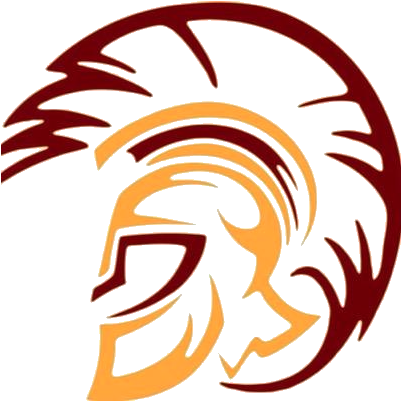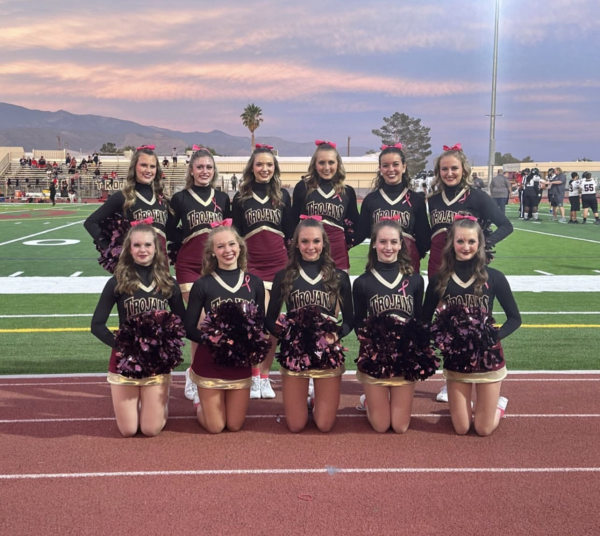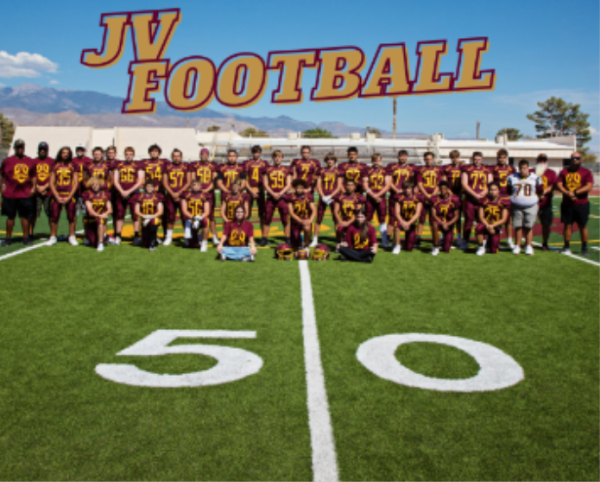How did Eggnog become a Holiday Tradition?
How did our beloved winter brew of milk, cream, sugar, eggs, flavoring become a tradition of Christmas?
Well, most Culinary Historians agree that eggnog originated from the early medieval Britain “posset,” a hot, milky, ale-like drink centuries ago. Eggnog used to be for the upper class because of how expensive eggs and milk were during the time. In fact, it was served hot until the 19th century.
In the 17th century, American colonists began to add rum into the mixture. When the 18th century hit, 7 generations had been growing up with eggnog. It became a Christmas Tradition instead of just a winter drink because it was often served at dinner parties and large gatherings.
According to kitchen records, George Washington served an eggnog-like drink to visitors at Mount Vernon mixed with rum and whisky.
Interestingly enough, there was a Eggnog Riot in 1826 that took place in West Point, New York on December 24-25. 19 students managed to sneak a large amount of rum and whisky onto campus and mixed it into the eggnog later that evening.
Students began to destroy the building, smash dishes, and assaulted 2 officers. The worst offenders were expelled. After the incident, eggnog remained a favorite for America and made headlines in popular magazines such as “Louisville Courier Journal” and “The Chicago Press and Tribune.”
In 1920, eggnog and alcohol was actually banned from the United States in until 1933. Around 1940 non-alcoholic eggnog came to the shelves of markets.
From the wealthy to the common, eggnog has changed history for the better and I recommend you enjoy a nice cup before the season ends.





